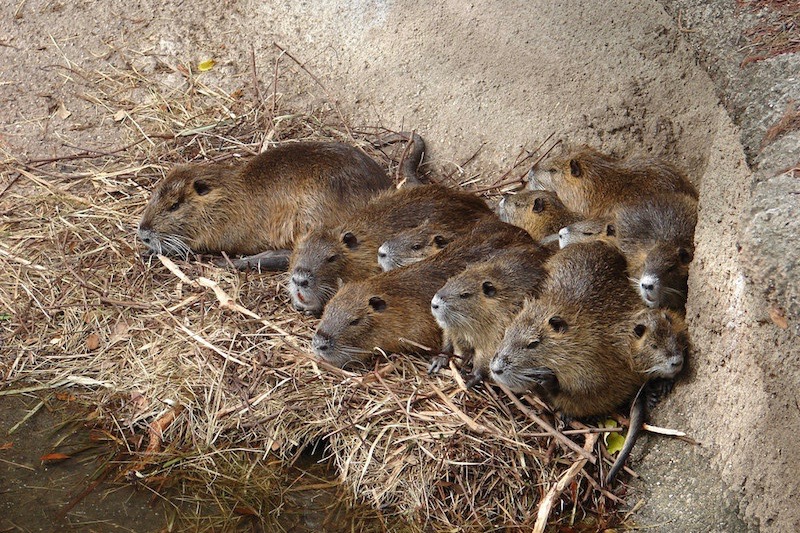
South Korea's Latest Food Craze: Gigantic Rodents?
About 70 cm in length and weighing over five kilogram in maturity, a nutria looks fuzzy and cuddly…if you discount the fact that it is basically a big rat. Nutria, also known as copyu, comes from Latin America. Improbably, in South Korea, it is taking off as medicine and a culinary delicacy.
The latest craze began when a cable channel TV Chosun ran an “exclusive” on Jan. 30 that nutria bile may contain 20 times the level of UDCA — an ingredient for treating liver ailments — that bear bile has.
Bear bile has long been in demand in South Korea for its medicinal property, with some farms in the past breeding bears in captivity and harvesting bile via surgically inserted tubes from living animals.
The potential health benefit of nutria has completely changed the perception of nutria in South Korea, where the animal was first introduced from Latin America in 1987 apparently for cheap fur and meat. (Read, if you can, a fantastic Korean summary of nutria’s history in the country, courtesy of the Hankyoreh.)
They soon became a major nuisance after some were released into the wild and the population exploded. Nutria are believed to have few formidable enemies in nature, at least in South Korea, and cause untold damage to farms, fisheries and wetlands, especially in the southeast.
But now it seems that humans will be nutria’s greatest enemy.
뉴트리아 멸종위기 pic.twitter.com/ADwNh9fE0R
— 양파양파 (やんぱやんぱ) (@ohln510) January 30, 2017
One twitter user commented on the TV Chosun report: “Nutria faces potential extinction.”
Until last year, the government offered 20,000 won for every nutria caught, in an effort to reduce the population. MBC, one of the country’s three main TV networks, reported last month that nutria hunting was suddenly the rage along Nakdong River, its main habitat, with each animal trading for some 1.5 million won (1,300 dollars). All because of the TV Chosun report two weeks prior.
Then there is renewed attention to nutria as food. Well-known food critic and columnist Hwang Kyo-ik commented on the TV Chosun report on his Facebook page:
“Nutria are not monster rats. They were originally brought here for food. Meat is delicious. I know because I have tried it. The color is light pink and similar to that of pork. Marbling is fine and dense. The flavor is very light and texture very tender.”
Google “nutria” in Korean and following related keywords show up: “hunting,” “cooking,” “bear bile” and even “meokbang.”
Meokbang, in case you don’t know, is live internet broadcasts of eating — another trend in South Korea. And there is this meokbang episode featuring a nutria as the main ingredient. (Warning: The following video contains images that some readers may find disturbing)
While all this isn’t sufficient for claiming that nutria are suddenly in demand, the Ministry of Environment did issue an intriguing press release on Mar. 14:
“The ministry said that nutria, an invasive species, can harbor many pathogens that afflict both humans and animals and should not be consumed indiscriminately.”
The same statement also warned that it’s illegal to raise or distribute nutria.
Cover Image: Mark Gstohl (CC BY 2.0)
Se-Woong Koo wrote this radar report.
***
For more on South Korea’s obsession with health food, read:

